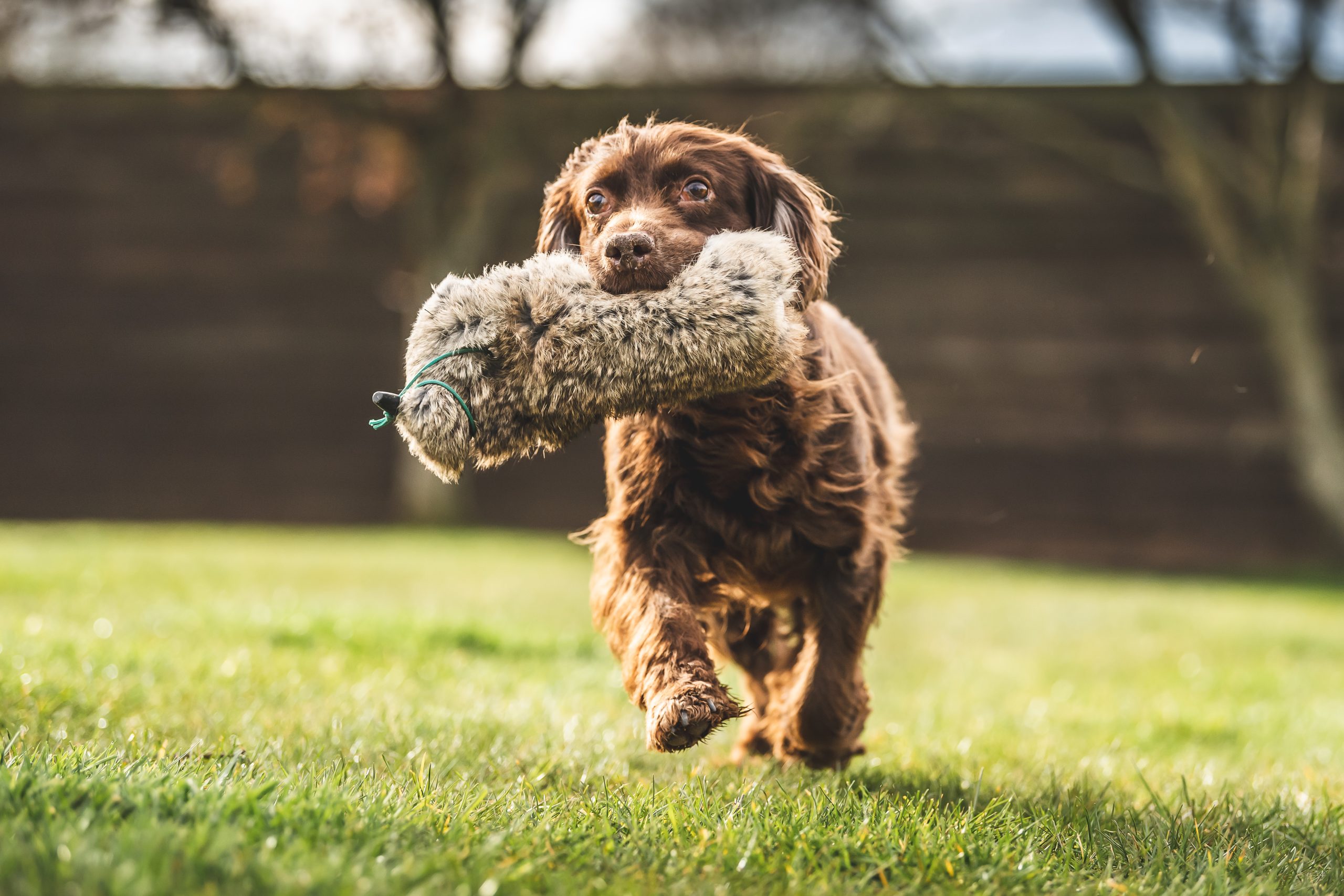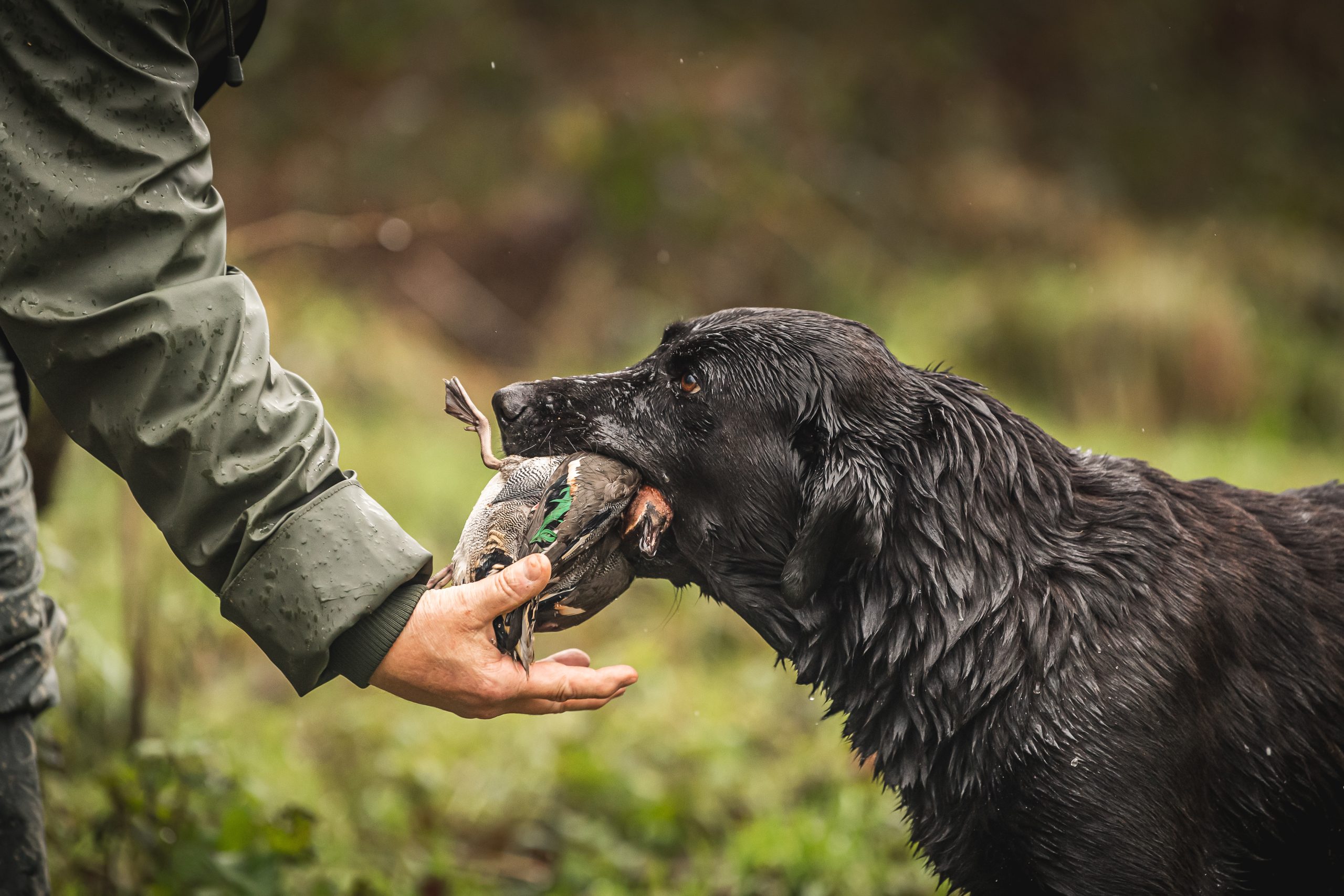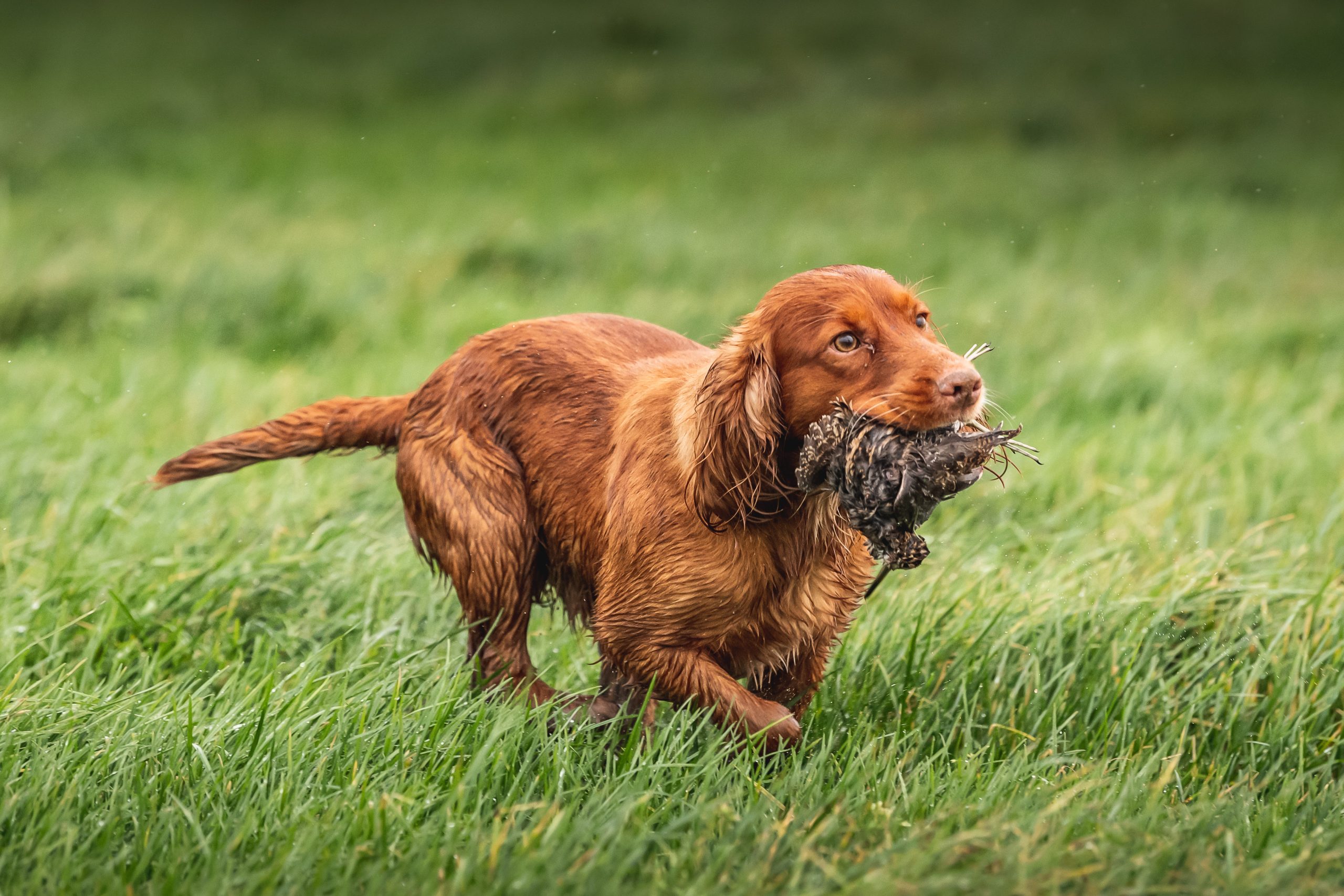Gundog news
Gundogs
Fading puppy syndrome – a vet advises
Would you like to speak to our readers? We offer sponsored articles and advertising to put you in front of our audience. Find out more.
I recently received a sad letter which said: “A friend just lost an entire litter of spaniel puppies to fading puppy syndrome. What causes this?”
Fading puppy syndrome
Fading puppy syndrome – when new-born puppies become dull, fail to suckle and increasingly vocalise until death – is a devastating, distressing and frustrating condition. Although the primary cause is canine herpesvirus-1, the condition is multifactorial and careful steps must be taken to control it.
Herpes viruses
Herpes viruses are ubiquitous in many species and are responsible for:
• Fading puppy syndrome and respiratory and genital disease in dogs
• Chicken pox, shingles, genital lesions and cold sores in humans
• Cat flu
• Aujeszky’s disease in pigs
• Duck plague in ducks
• Respiratory conditions in cattle and horses
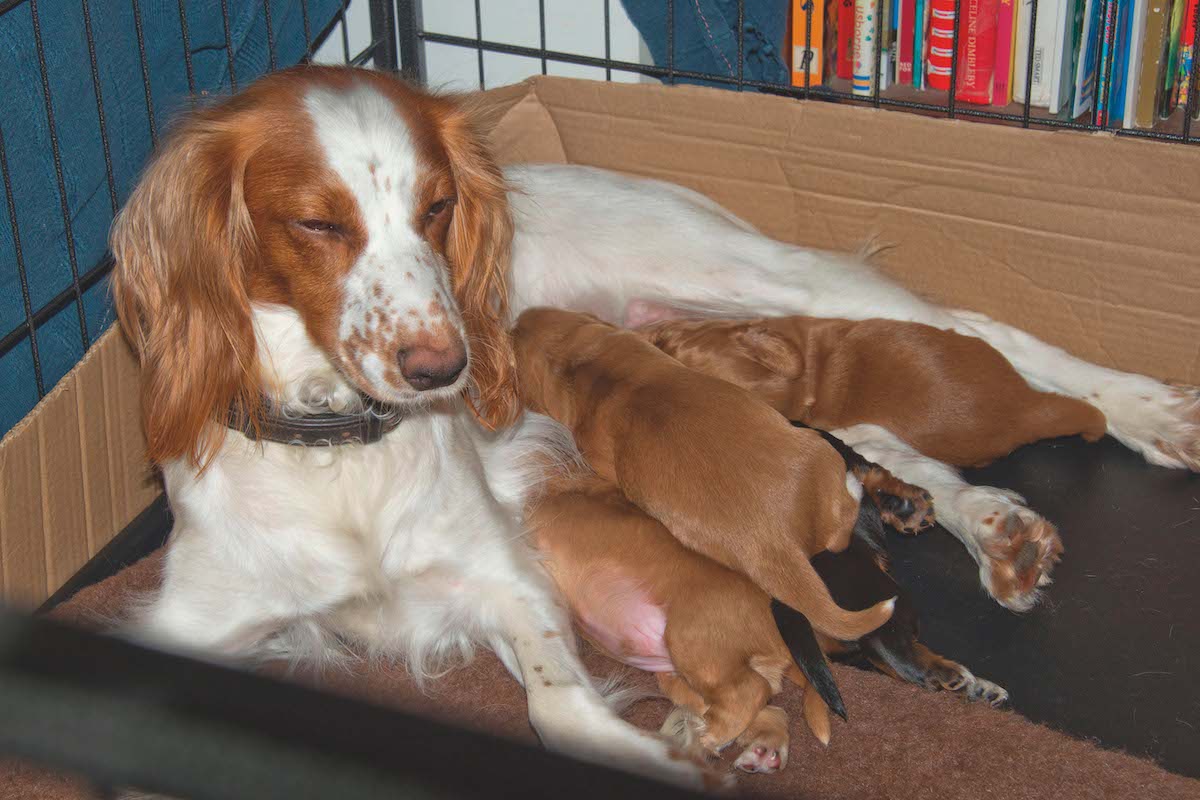
If possible, quarantine bitches for three weeks prior to and after whelping
Canine herpesvirus-1
Around 80% of dogs have antibodies to this virus, proving that, just like the herpes virus that causes human cold sores, infection is prevalent in the population, even though only a few individuals may be showing symptoms at any one time. Newly infected adult dogs (some of whom will go on to be lifelong carriers) generally show relatively mild signs. When infected through aerosol (airborne infection), respiratory signs such as coughing, sneezing and conjunctivitis occur. Genital infections are transmitted during mating, resulting in a discharge from the penis or vagina. But it is when the foetus or newborn is infected that trouble really occurs. (Read what to expect when your gundog bitch gives birth.)
What happens?
If a pregnant bitch contracts the virus, her puppies can be infected in the womb, from the vagina as they are born or through aerosol soon after birth. Their death is most unpleasant, with the vocalisation I mentioned earlier being particularly haunting. Post-mortem examination demonstrates tissue death and haemorrhage in the brain, intestines, kidneys, lungs, liver and spleen. Puppies infected when they are over three weeks of age generally survive. (Read how to prepare a bitch for p
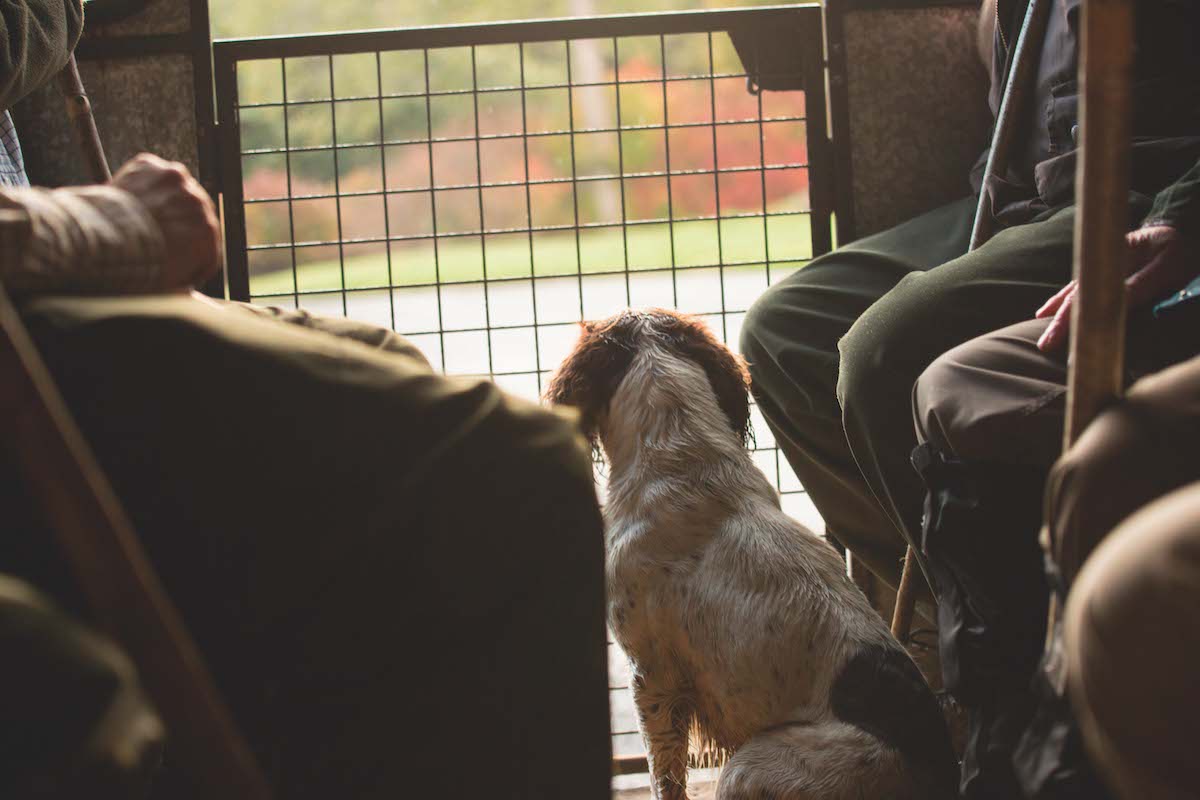
Airborne infection is a risk in poorly ventilated shoot transport
Is that it?
Far from it. Many other factors play a big part in the severity of the condition:
• Stress, especially in breeding bitches
• Lack of maternally derived antibodies (usually caused by delayed suckling or milk let down, or a lack of milk)
• Poor hygiene in breeding establishments (the virus is killed by 1:30 chlorine bleach, chlorhexidines, detergents and by desiccation, so allowing areas to dry out after cleaning is important. It can, however, survive at -70ºC)
• Inadequate ventilation, allowing the virus in the air to spread between individuals (the beaters’ wagon)
• Low ambient temperature in the puppy environment. This is crucial. Newborn puppies cannot thermoregulate. Canine herpesvirus-1 replicates readily at 37ºC but is inhibited at the normal body temperature of 39ºC, hence the reason it prefers relatively cooler respiratory and genital systems
• Other infections and poor body condition. Think trying to work hard and be a good mum.
Controlling canine herpesvirus-1
The primary aim is to prevent acute neonatal infections and to avoid exposure to the virus in pregnant females. It is, therefore, vital that any dogs that show respiratory or genital symptoms should be kept well away from breeding bitches. Similarly, bitches that have produced infected litters should be isolated, but remember they might subsequently produce unaffected or affected litters. It is important to quarantine, if at all possible, pregnant bitches for three weeks prior to and after whelping.
The structure and hygiene of breeding pens should be examined and improved wherever possible. In particular, they should be properly disinfected before and after use and they should be able to reliably and consistently deliver an adequate temperature for the newborn puppy, no matter the outside conditions. Absolutely insist on best hygiene. The mantra, ‘If you try to be sterile, you will be clean; if you try to be clean, you will be dirty’ should be committed to memory. Unexpected or high levels of losses should be investigated. Post-mortem examination, testing any discharge for the virus and blood sampling bitches are all relatively cheap and very useful. Remember also that a vaccine is available, although currently its supply is limited. Speak to your vet about that.
Anything else?
Of course. Remember there are numerous other causes of neonatal death. So don’t jump to conclusions. The list is not endless but includes Toxocara canis (worm all pregnant bitches with fenbendazole 10% liquid at a dose of 1ml/4kg daily from the 40th day of pregnancy until the second day after whelping) and bacterial infections (salmonella and E. coli especially, so watch the raw feeding). Canine adenovirus and parvovirus (do vaccinate, as maternally derived antibodies are protective to the litter), congenital defects, trauma, hypothermia and starvation are all important too.
Related articles
Gundogs
Saying goodbye to a gundog
It’s the most difficult of subjects but here Tom Jones faces up to the sad reality of losing a beloved gundog and realises just how much they give us.
By Time Well Spent
Gundogs
How to curb nerves on your first working test
What can gundog handlers learn from sport psychology? Novice handler Emily Cartigny tries to curb the nerves in her first working test.
By Time Well Spent
Manage Consent
To provide the best experiences, we use technologies like cookies to store and/or access device information. Consenting to these technologies will allow us to process data such as browsing behavior or unique IDs on this site. Not consenting or withdrawing consent, may adversely affect certain features and functions.
Functional Always active
The technical storage or access is strictly necessary for the legitimate purpose of enabling the use of a specific service explicitly requested by the subscriber or user, or for the sole purpose of carrying out the transmission of a communication over an electronic communications network.
Preferences
The technical storage or access is necessary for the legitimate purpose of storing preferences that are not requested by the subscriber or user.
Statistics
The technical storage or access that is used exclusively for statistical purposes.
The technical storage or access that is used exclusively for anonymous statistical purposes. Without a subpoena, voluntary compliance on the part of your Internet Service Provider, or additional records from a third party, information stored or retrieved for this purpose alone cannot usually be used to identify you.
Marketing
The technical storage or access is required to create user profiles to send advertising, or to track the user on a website or across several websites for similar marketing purposes.






